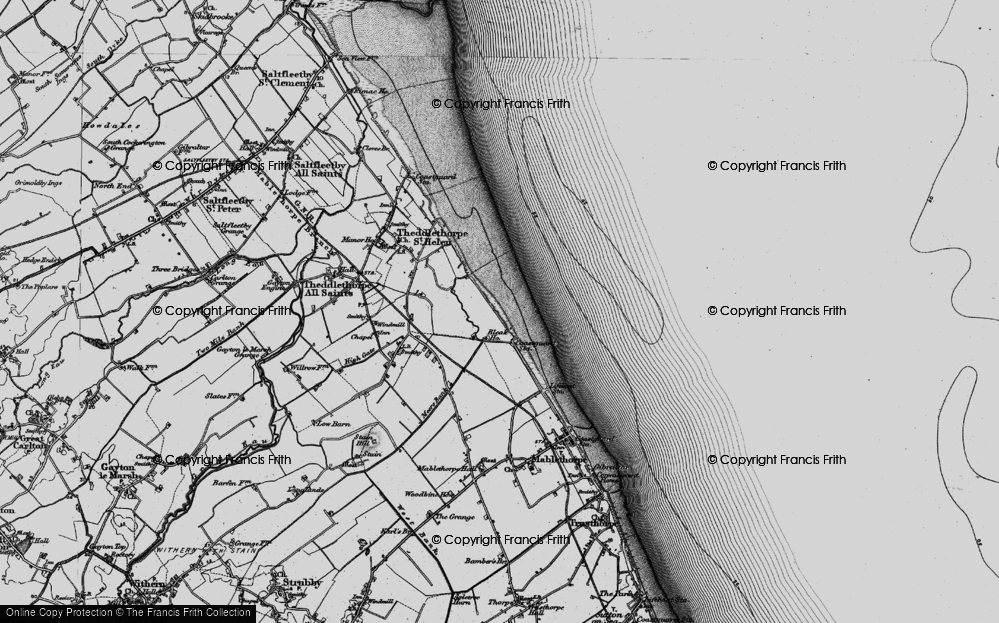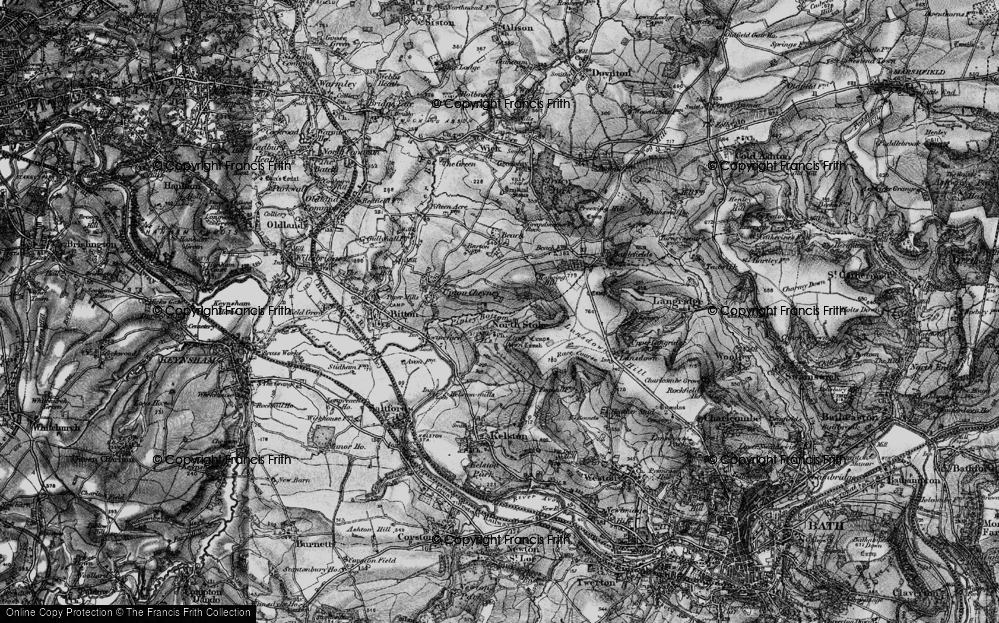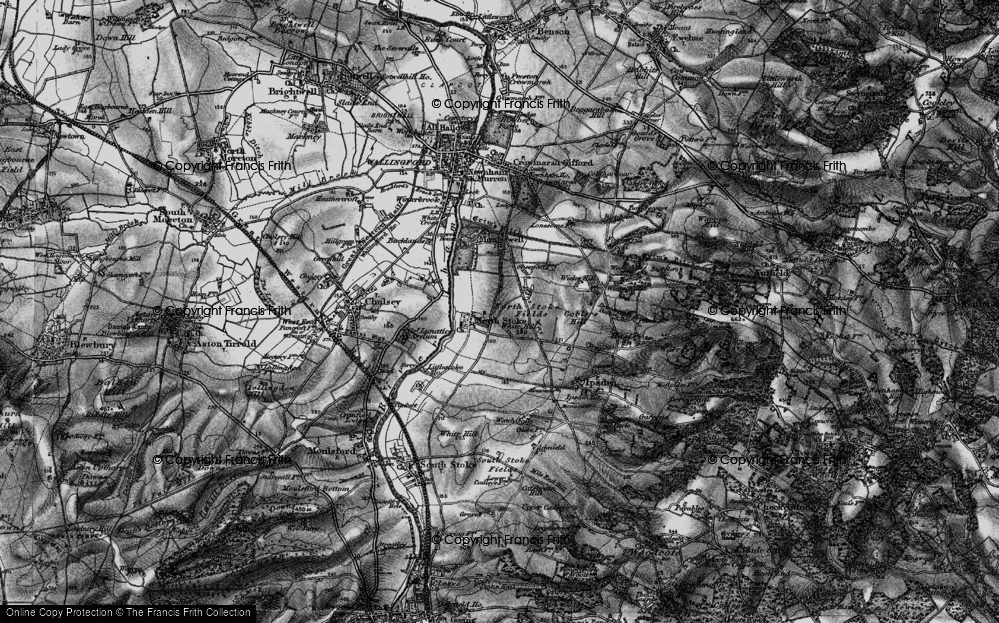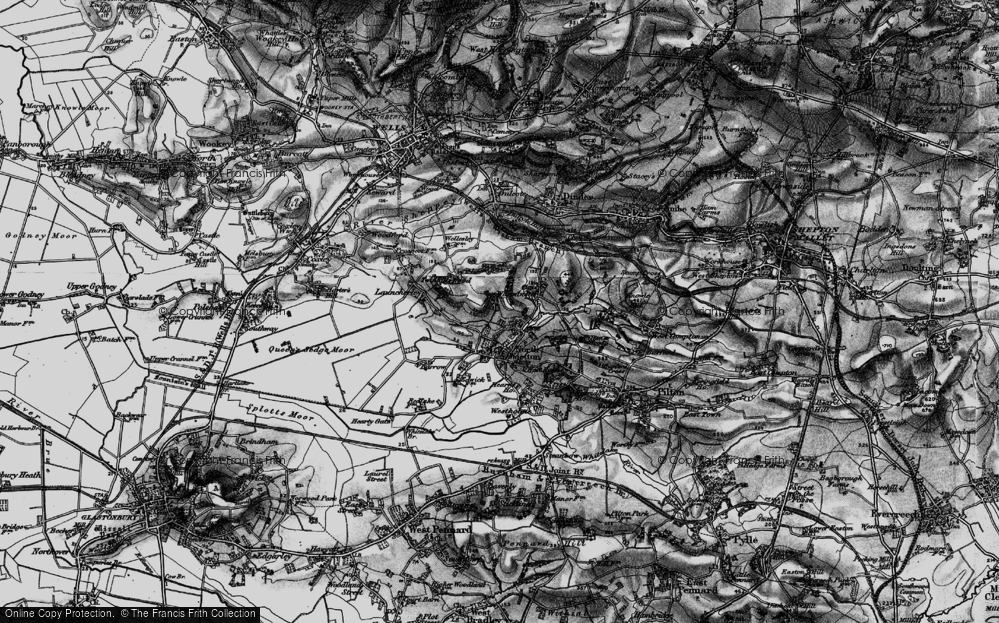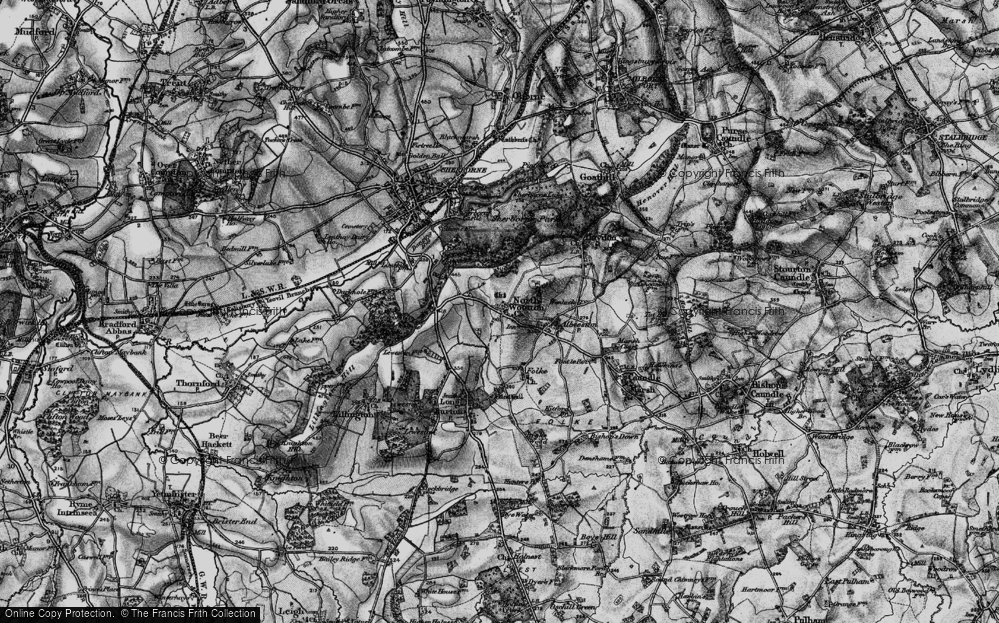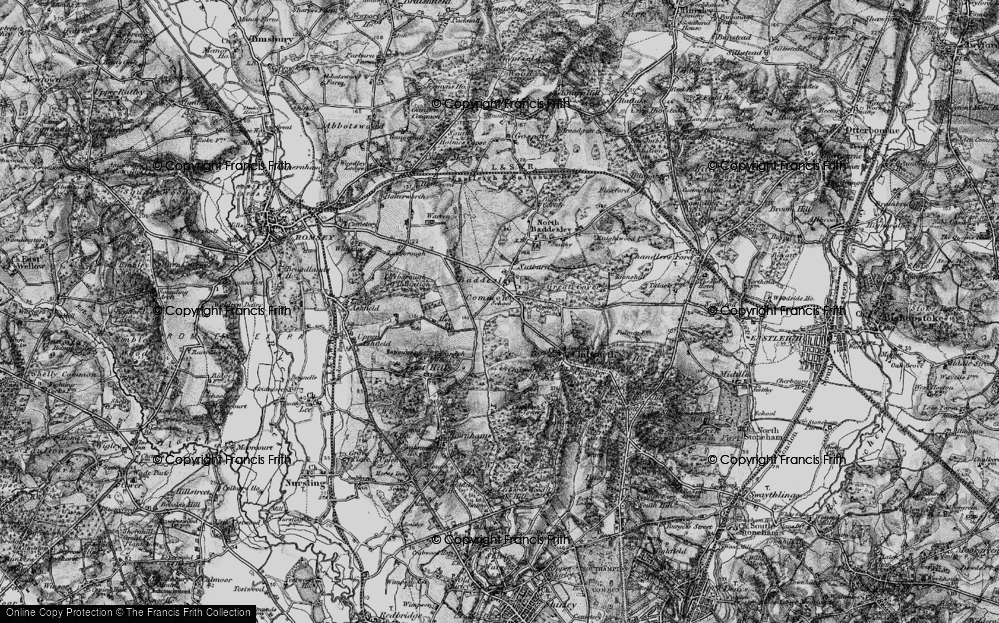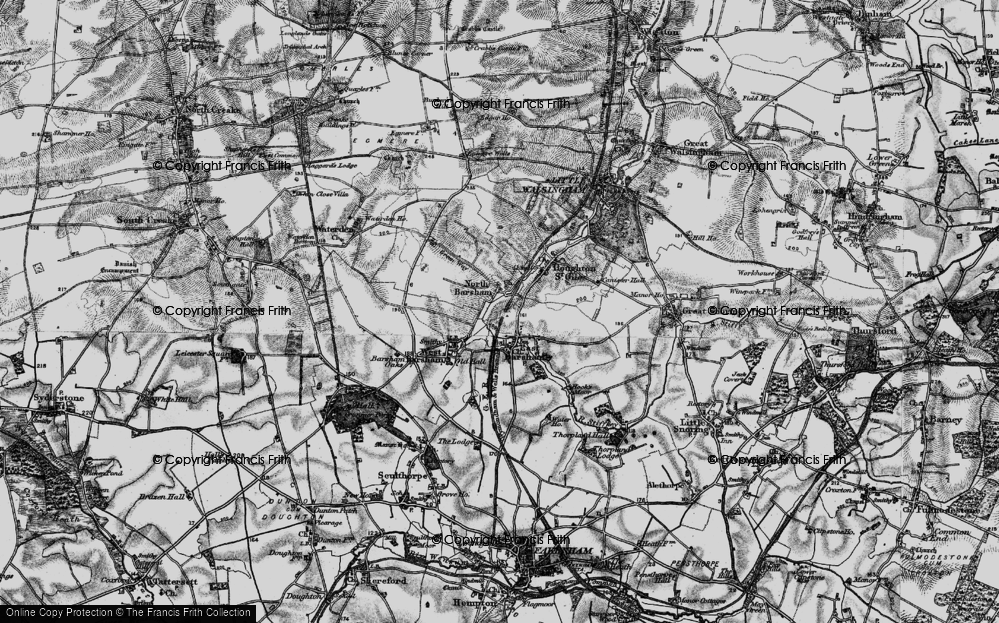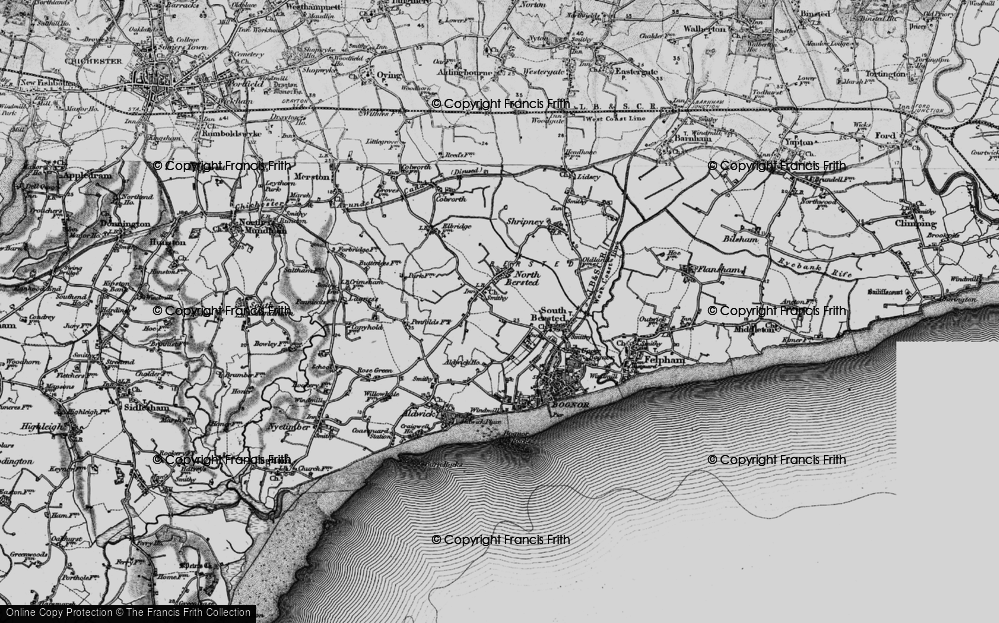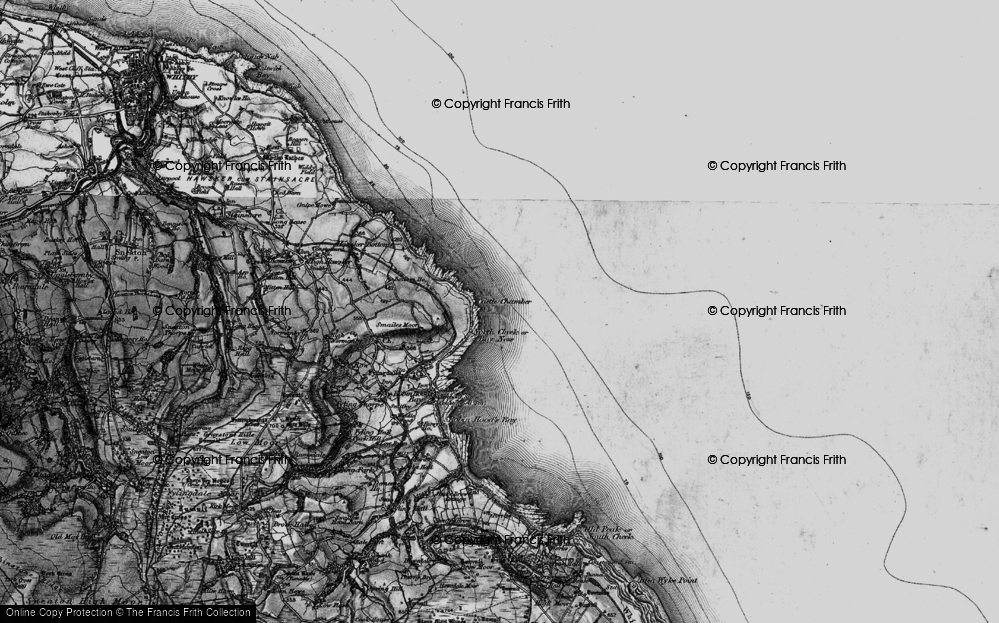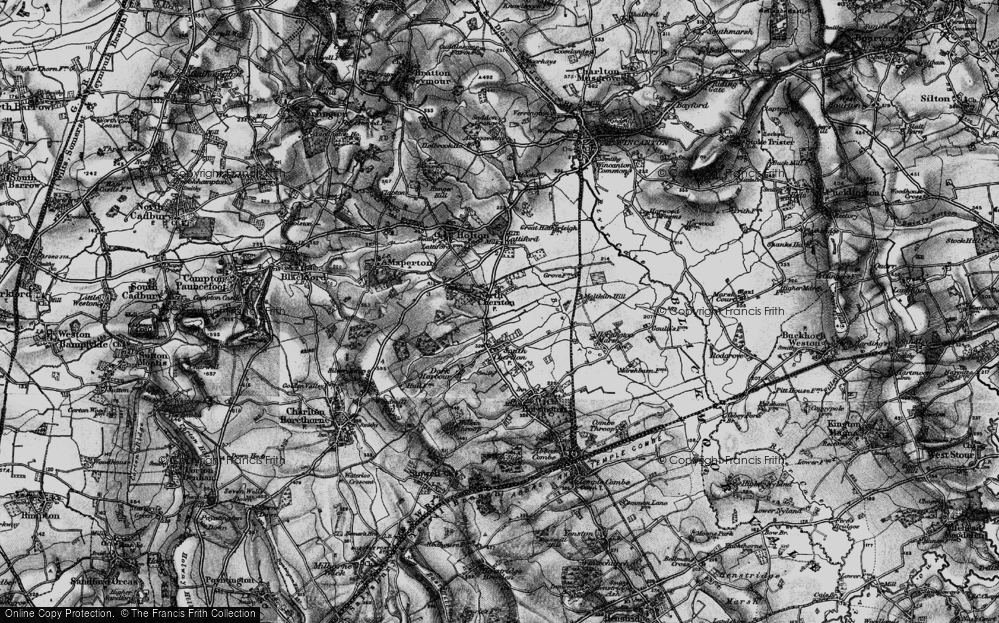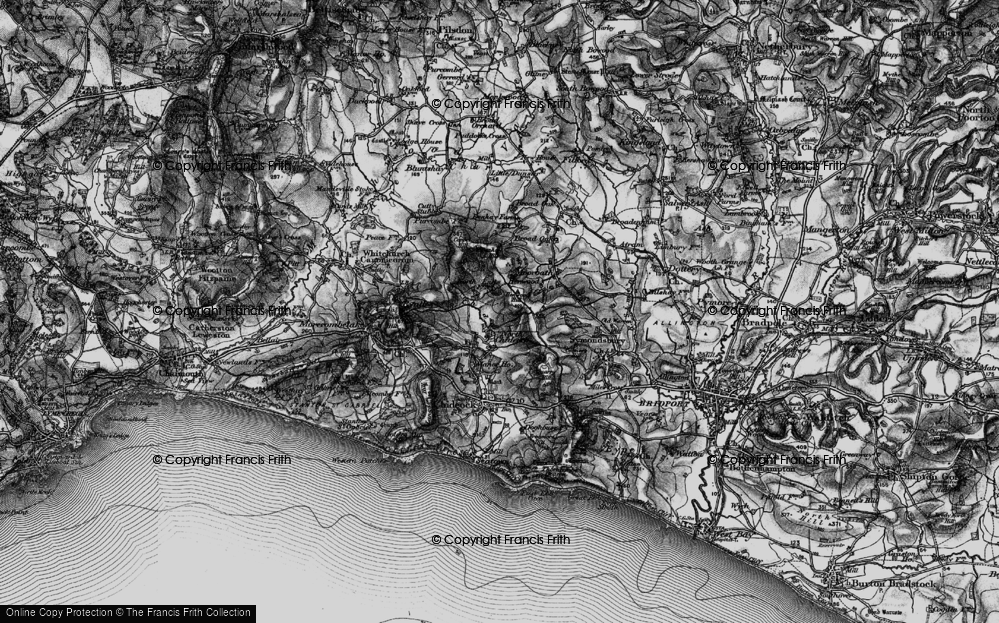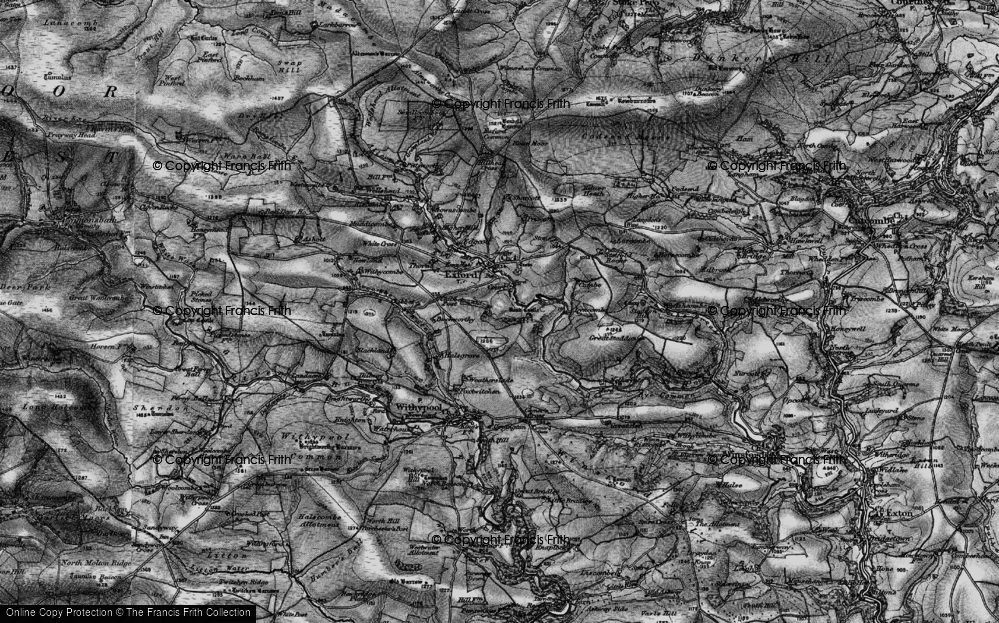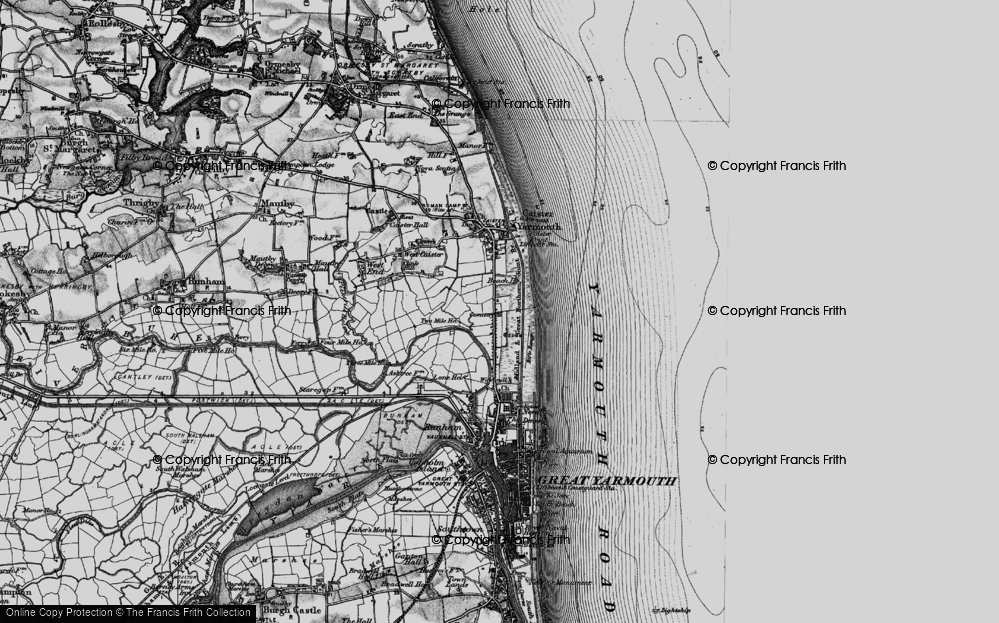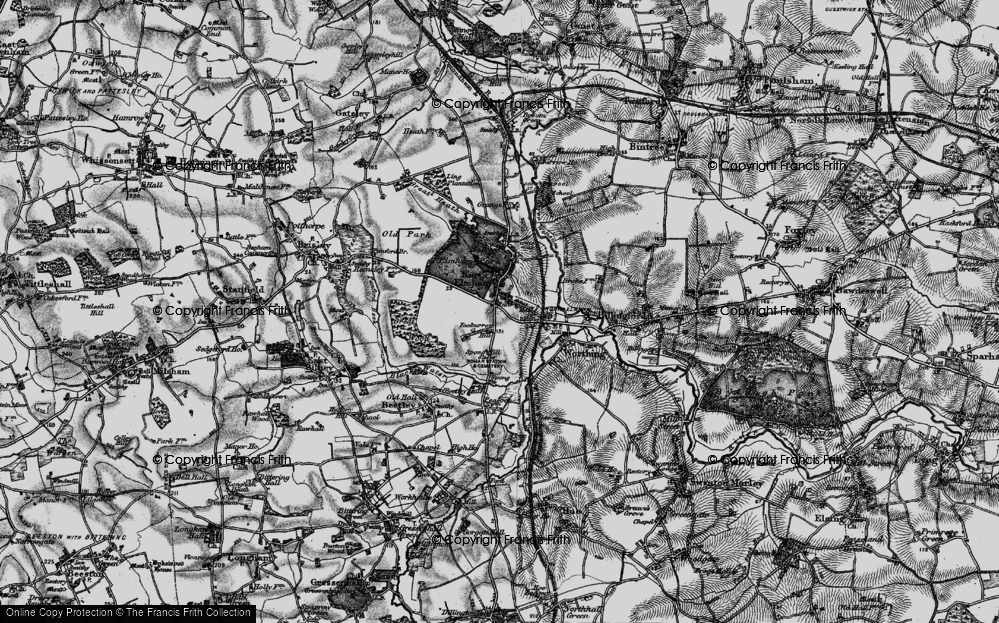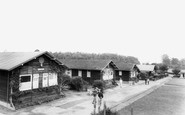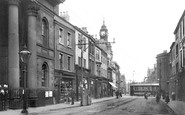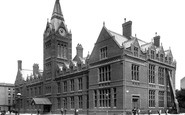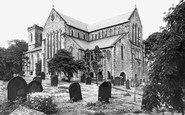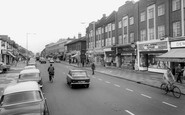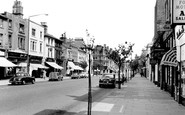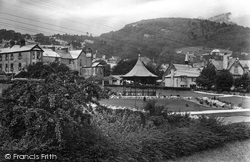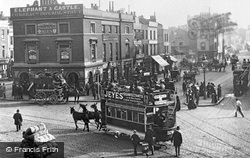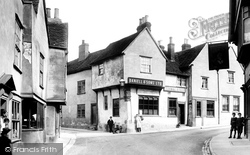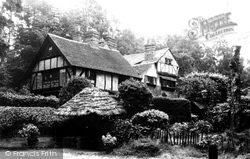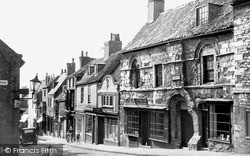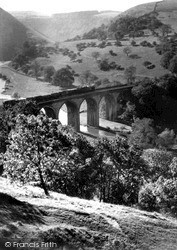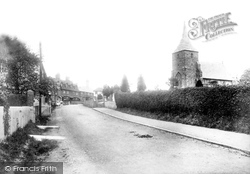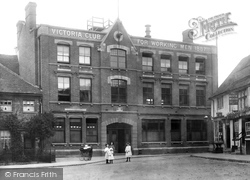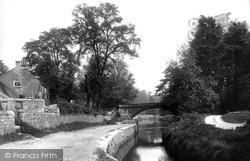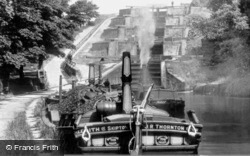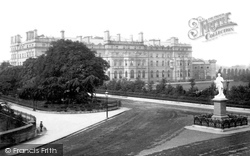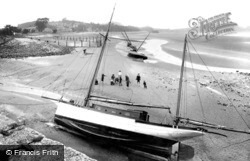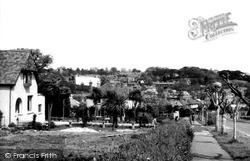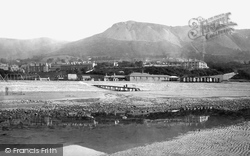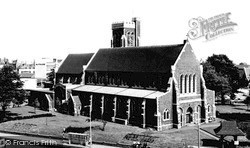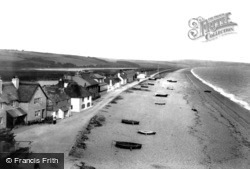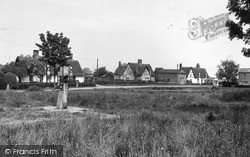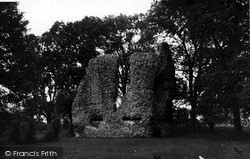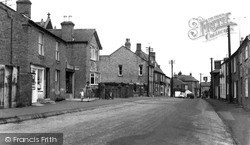Places
Sorry, no places were found that related to your search.
Did you mean: north ness or na h ness or nook ness or nash ness ?
Photos
12 photos found. Showing results 721 to 12.
Maps
9,582 maps found.
Books
29 books found. Showing results 865 to 888.
Memories
4,582 memories found. Showing results 361 to 370.
Dukeshouse Wood Camp School (Part Two)
My recollection of a dance that was arranged in the sports hall made me and another lad George Bishop decide to abstain from the proceedings as I think at the time, in fact I am sure about myself that I was ...Read more
A memory of Hexham in 1940 by
Cargo Fleet
When I look back, they were probably the best years of my life though I didn't think so at the time, my mam had parted from my dad, I was 12, had never heard of Cargo Fleet, had lost my dad and was taken to this place Id never ...Read more
A memory of Cargo Fleet in 1968 by
French Gate Opposite The Angel Inn
I have a letter written by my ancestor Ann Stanuell to her sister Elizabeth Stanuell & parents John and Ann Stanuell while on a coaching trip from Doncaster to London. The letter is addressed to "Mr ...Read more
A memory of Doncaster in 1860
Heswall Childrens Hospital Circa 1979 1980
I was in this hospital for a couple of years when I was around 4 years old! (Hence the vagueness.) I recall the wards (dorms) and I recall bouncing from one bed to another along the entire length of the ...Read more
A memory of Heswall in 1979 by
Hove Town Hall Fire
I think it was 1964 that the Town Hall burnt down. I remember it well. I was about 11 at the time. I do remember that at the back of the TH, was the Police Station. My brother and I got in some "trouble" and the two of us ...Read more
A memory of Hove in 1964 by
Circa 1950s
I was born in 1939 and remember the war years vividily. However, I was draughted into the army in 1948 and because of my knowledge and interest in explosives, became an Ammunition Examiner. During this period, I knew I liked music ...Read more
A memory of Sheffield in 1948 by
Mossford Garage
I started work at the age of 15 years as 'the boy', apprentice mechanic at Mossford garage. I remember going down the High Street to Pither's bakeries to get ham and cheese rolls, as well as pies for the mechanic's tea breaks. ...Read more
A memory of Barkingside in 1965 by
Aunty Mabel And Uncle Harold Hunt And George And Lil Hunt
Mabel and Harold Hunt were my great aunt and uncle. They lived in the row of thatched cottages in the village. I have many memories of visiting their cottage with the black lead grate ...Read more
A memory of Burmington in 1959 by
I Remember
I was born in Bowlby Street in 1953 and have seen all the changes made since then, I still live in Houghton now. One of my fond memories was going to the ice-cream parlour which is now the old Woolworth's site to buy an ...Read more
A memory of Houghton-Le-Spring in 1958 by
Folkestone Sandgate Road
On the extreme right, you can just make out the showrooms of the Folkestone Motor Co., main Austin dealers. This became Henlys, and I worked there for a few years from around 1968 to 1977. Across the road was a nice ...Read more
A memory of Folkestone by
Captions
1,673 captions found. Showing results 865 to 888.
Shortly afterwards the bandstand was removed to this spot from its position on the promenade. It was refurbished and re- opened in July 1990.
Heavy bombing during the Second World War led to the redesign of the traffic system and yet another rebuilding of the pub.
Opposite is the swinging sign of another inn—the Nelson's Head.
A wealth of timbers, tiles, gables, chimney-stacks and a thatched gateway make another attractive High Road house north of Ruffetts Cottages. It is now obscured by trees and hedges.
The Jew's House is another of Lincoln's surviving early medieval stone houses: the city has more than most.
Here we have a wonderfully evocative sign of the times: a beach scene in high summer and not a glimpse of bare ?esh. Cleethorpes liked its helter-skelters, as it had another on the beach.
The house has now gone, and the bridge has been replaced by another. This photograph was taken in Lower Monk Street near the weir in Swan Meadows.
This is another nostalgic picture of steam in the Peak District. It has gone now: but for how long?
The camera is looking along Church Street, which curves away uphill to the village square of Ticehurst, another Wealden iron-making village.
The Victoria Club for Working Men in the west corner of Kingsbury is another benefaction from the Rothschilds, in this case Baron Ferdinand of Waddesdon.
with a brass plate on it on which the following was inscribed: 'Whoso is hungry, and lists well to eat, Let him come to Sprotbrough, for his meat, And for a night and for a day, His horse shall have both
Taken a few years after photograph 34748, this splendid view shows both flight and boats. The furthest boat is a steam-powered tug, which will move the immaculate coal-laden barge.
brass plate on it on which the following was inscribed: 'Whoso is hungry, and lists well to eat, Let him come to Sprotbrough, for his meat,And for a night and for a day, His horse shall have both
Both thrive to the present day. The first hotel, built about 1851, still stands to the east of the old railway station, and is used by British Rail as offices.
The house has now gone, and the bridge has been replaced by another. This photograph was taken in Lower Monk Street near the weir in Swan Meadows.
The Ulverston Canal was opened in 1796 to connect the town with the Leven Estuary, and to enable trade, both exports and imports, to be increased.
The bypass on the south side of town was opened in 1926; it was much needed to relieve the narrow streets of both local china clay and through traffic.
The prosperity of the North Wales coastline grew steadily during the 19th and early 20th centuries.
Here we see another reconstructed church, this time the responsibility of the Luftwaffe.
Another view of Slapton Sands, this time looking north. The sea wall is a little more substantial today, otherwise the view is unchanged.
On the right is a half-timbered building that houses a bank.
Another harvest from the fen was buckthorn, vital for charcoal, which was used in making explosive fuses during the Second World War.
King John ordered new kitchens to be built both here and at Marlborough. 'In each kitchen shall be made a hearth for the cooking of two or three oxen'.
Here on the left is the old post office before it moved to the Green. The library beside it has now expanded to fill the whole building.
Places (0)
Photos (12)
Memories (4582)
Books (29)
Maps (9582)


